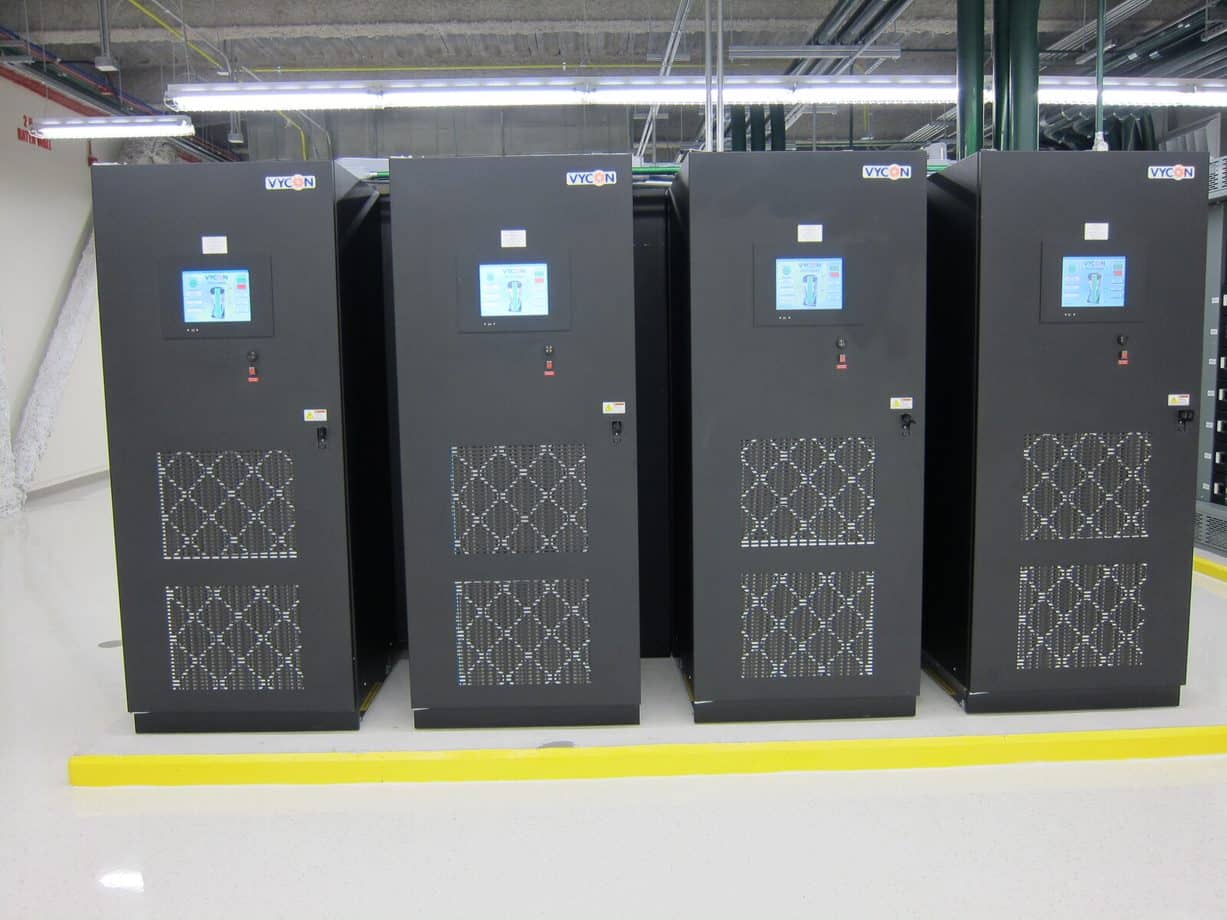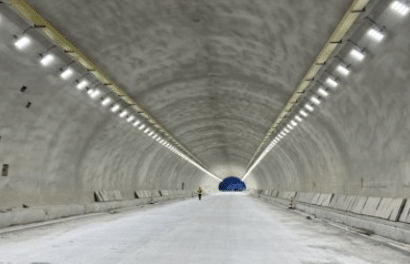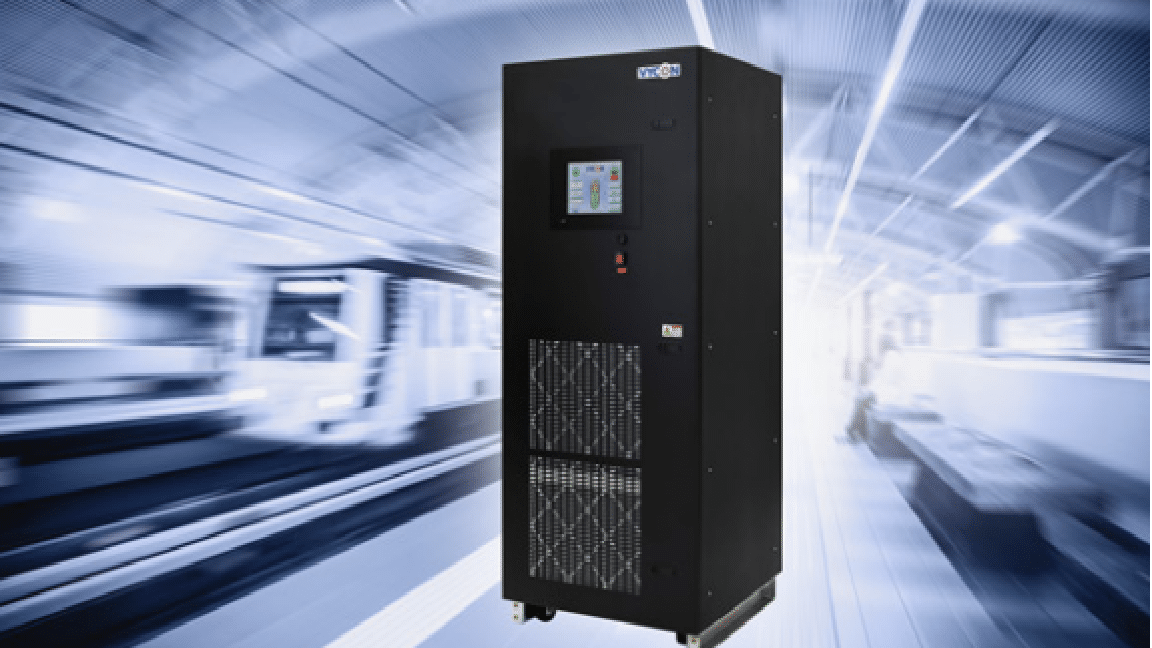Flywheel based UPS
Details
- Product Type Aggregates, Products
- Regions Auckland, Australia, Australian Capital Territory, Christchurch, Dunedin, Hamilton, Lower Hutt, Napier & Hastings, Nelson, New Plymouth, New South Wales, New Zealand, Northern Territory, Palmerston North, Queensland, Queenstown, Rotorua, South Australia, Tasmania, Tauranga, Victoria, Wellington, Western Australia
Contact
- Yuchen Xu 0401925127
- Website Visit
- Email chen@zigerenergy.com
ISupplier
- Company Name ZIGER ENERGY
- ISupplier Profile Visit

About
The green, scalable, plug-and-play flywheel-based UPS system can ensure high-quality power 24×7 for critical applications, and provide more reliable, affordable, predictable and greener approach to backup power than traditional Lead-Acid or lithium Battery UPS. It has been used in a range of sectors including road & tunnel, airport, medical & hospital, data center, broadcasting, casino & gaming, space and advanced manufacturing.
Sustainability Outcomes
The system can replace chemical batteries in UPS thus reduce the usage of hazardous materials. Lead acid batteries contain toxic lead and acid pose a potential threat to human health and the environment. it can also reduce the cooling requirements used in critical infrastructure and process such as data centres, airport and hospital, for the UPS or backup power. In addition, the flywheel system has less Total Cost of Ownership, requires less space, has no safety issues, as well as improves reliability and predictability of emergency power backup.
Applicable Credits
| IS v1.2 | Ene-1 , IS v1.2, Mat-1 , Was-3 |
| IS v2.1 | Ene-1 , IS v2.1, Rso-1 , Rso-5 , Rso-6 |
| Ene-1 (ISv1.2) | Energy and carbon monitoring and reduction | The flywheel-based UPS system has higher conversion of energy storage and no attenuation during its 20 years' life and removes the needs of cooling that are strictly required in battery-based UPS, thus it can minimize the energy use and GHG emissions across the infrastructure lifecycle |
| Mat-1 (ISv1.2) | Materials footprint measurement and reduction | The green, safe and proven flywheel system has 20 years' life and can run 2 million cycles. The whole life cycle is deemed to emit less GHG emissions than business as usual, as commonly used batteries have about 2-3 years life but contain hazardous chemical material that pose a potential threat to human health and the environment.The flywheel is made of alloy steel material, and can be fully recycled after retirement, and the processing cost is low |
| Was –3 (ISv1.2) | The flywheel system is easy to be removed or disassembled, and its material can be recovered and reused at end of life | |
| Ene-1 (ISv2.1) | Energy Efficiency and Carbon Reductions | The flywheel-based UPS system has higher conversion of energy storage and no attenuation during its 20 years' life, and removes the needs of cooling that are strictly required in battery-based UPS, thus it can minimize the energy use and GHG emissions across the infrastructure lifecycle |
| Rso-6 (ISv2.1) | Material Life Cycle Impact Measurement and Management | The green, safe and proven flywheel system has 20 years' life and can run 2 million cycles, with zero cooling requirements and minimal maintenance. Its whole life cycle is deemed to emit less GHG emissions than business as usual. The flywheel is made of alloy steel material, can be fully recycled after retirement and the processing cost is low. |
| Rso-1 (ISv2.1) | Resource Strategy Development | The flywheel-based UPS is born to replace the commonly used batteries. The batteries normally have about 2-3 years life and contain hazardous chemical material that pose a potential threat to human health and the environment. And they need precision temperature control by cooling, and has safety issues such as fire or explosion that have been seen worldwide |
| Rso –5 (ISv2.1) | The flywheel system is easy to be removed or disassembled, and its material can be recovered and reused at end of life. |



